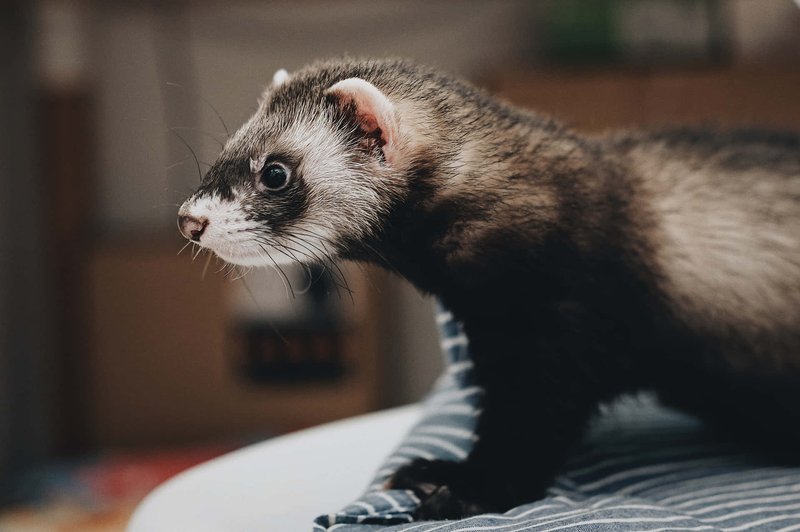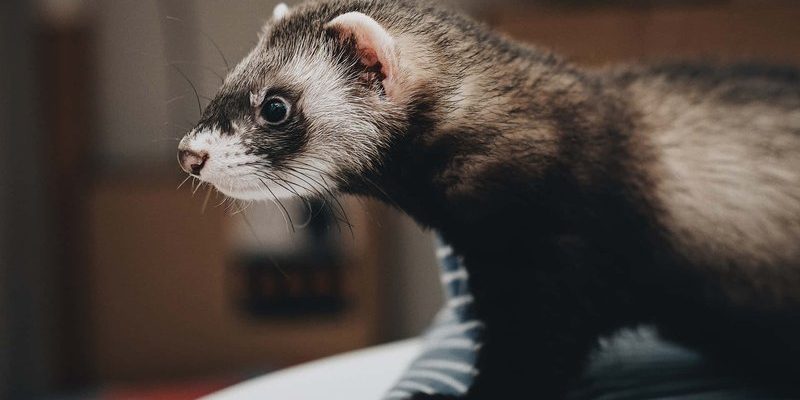
Now, let’s dig a little deeper into how ferrets are equipped to survive harsh environments. Just like we dress for the weather, ferrets have their own set of skills and traits that help them cope. From their unique physiology to their clever hunting techniques, these little furballs have some impressive survival strategies. So grab a cup of coffee, and let’s explore the world of ferrets.
Understanding Ferret Habitats
Ferrets are native to various regions, but they primarily thrive in areas with plenty of access to shelter and food. They usually make their homes in burrows, which are naturally dug or taken over from other animals. These burrows provide safety from predators and harsh weather. Think of it like their cozy little apartments, complete with all the essentials!
In the wild, ferrets tend to choose habitats like grasslands and forests. They enjoy environments that offer lots of places to hide and play. For instance, when searching for food, a ferret will often dive into dense grass or dig into the ground. This ability to find shelter is crucial, as it protects them from extreme temperatures and predators.
Ferrets are also highly adaptable. If one habitat becomes less hospitable, they can move to a new area with better resources. This flexibility is key to their survival. Imagine being able to change your home whenever it gets too cold or too dry—ferrets can do just that!
Physiological Adaptations
Ever notice how some animals have special features that help them survive? Ferrets are no different! Their body structure is specifically designed for agility and exploration. With their long, slender bodies, ferrets can easily squeeze into tight spaces. This is crucial when they’re searching for food or escaping threats.
Their fur also plays a significant role in survival. Ferrets have a double coat that keeps them warm during cold weather. The outer layer is coarse, providing protection from the elements, while the inner layer is soft and insulating. This means that even in chilly conditions, ferrets can stay snug and cozy.
Additionally, ferrets have sharp senses. Their sense of smell is particularly strong, allowing them to track down food sources quite effectively. Imagine walking into a bakery and being able to smell the cookies before you even see them! That’s how ferrets find their snacks, whether it’s small rodents or insects.
Hunting Techniques
Ferrets are natural hunters, and their hunting techniques are quite impressive. They typically use a method called “stalking”—slowly sneaking up on their prey. Here’s the thing: they rely on their agility and stealth rather than speed. This means they can approach unsuspecting animals, making them effective predators.
When ferrets are hunting, they often work together in groups. This social behavior allows them to corner prey more effectively. Think of it like a little hunting team; they coordinate to ensure they catch something to eat. This teamwork not only boosts their chances of survival but also helps them bond with each other.
Ferrets can also hunt during different times of the day. Some are crepuscular, meaning they’re most active during dawn and dusk. This adaptability to hunt at various hours allows them to avoid competition with other predators and find food when it’s available.
Social Structure and Behavior
Believe it or not, ferrets are quite social creatures. In the wild, they often live in groups called “businesses.” This social structure is essential for their survival. Being in a group allows them to share responsibilities like hunting and protecting each other from predators.
Here’s a fun fact: ferrets communicate through a variety of vocalizations, including chattering and clucking sounds. This helps them stay connected and alert each other to danger. Imagine a group of friends sharing secrets—ferrets do this with their sounds!
In tough environments, this social aspect becomes even more important. They can keep each other warm during cold nights and work together to find food. It’s kind of like a family sticking together through hard times, ensuring everyone stays safe and fed.
Surviving Extreme Weather Conditions
Ferrets are quite resourceful when it comes to dealing with extreme weather. When temperatures drop, they often dig deeper into their burrows, where it’s warmer. These burrows act like natural insulators, protecting them from harsh cold winds and snow. It’s their version of a warm blanket!
In hot weather, ferrets have a different strategy. They tend to remain in the cooler areas of their burrows during the hottest parts of the day. They also require plenty of water to stay hydrated. So, if they’re in an especially dry or hot environment, they’ll often move to areas where water is more accessible.
Another interesting thing is how their fur helps with temperature regulation. In colder climates, their fur becomes thicker, providing better insulation. Conversely, when the weather warms up, they shed some of their fur to keep cool. It’s their natural way of adapting to changing conditions.
Ferrets are extraordinary survivors, adapting to a variety of harsh environments with ease. From their agile bodies to their social structures, every aspect of a ferret’s life is geared toward survival. They remind us that even small creatures can thrive against the odds.
So, the next time you see a ferret—whether in the wild or as a pet—take a moment to appreciate their incredible adaptability. Just like us, they face challenges, but their resilience is what truly sets them apart. Whether they’re hunting for food, keeping warm, or building community, ferrets are a perfect example of how nature equips its creatures to thrive.

